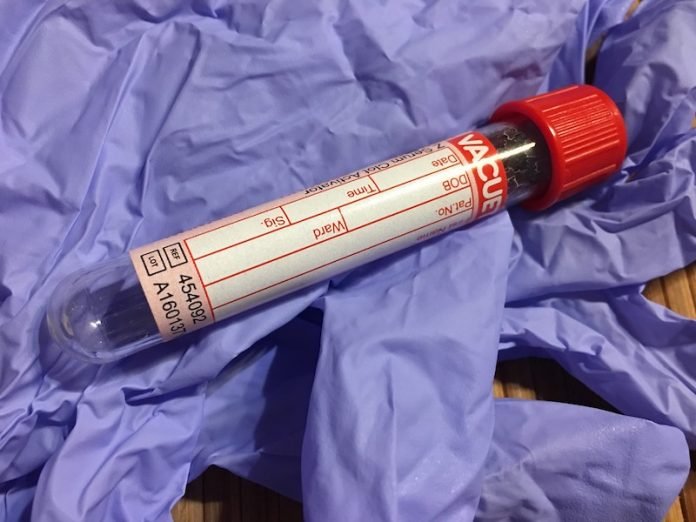
In a recent study, researchers have developed a new way to predict fatty liver disease.
The study was done by a team from the Baker Heart and Diabetes Institute.
Fatty liver disease is caused by the accumulation of fat in the liver.
Previous studies have found that both genetic and environmental factors can contribute to the disease.
It has shown that many people with the disease are older than 50. But currently more and younger people get diagnosed with fatty liver every year.
The disease can increase rates of the liver transplant and contribute to many illnesses.
Research has shown that fatty liver is a risk factor of diabetes and heart disease. If left untreated, it can ultimately lead to liver cancer and liver failure.
Current methods to diagnose the condition can only detect the disease at a late stage. It’s too late to prevent the bad outcome at the time.
In the current study, the team tried to find the biomarkers of fatty liver disease and develop a better diagnostic tool.
They found that chemicals in the blood could help predict the accumulation of fats in the liver.
A group of fats in the blood that may signal fatty liver disease progression.
They also found molecules that contribute to fatty liver disease and a potential new drug for the disease.
The results may help develop new precision medicine.
The team hopes the new finding could help develop a blood test to identify people at a high risk of fatty liver disease.
The blood test may help avoid invasive biopsy or surgery.
Future work needs to use bigger datasets to find out why some people are more prone to fatty liver disease than others.
One study lead author is Dr. Brian Drew, head of the Baker Institute’s Molecular Metabolism and Ageing Laboratory.
The research is published in the journal Nature.
Copyright © 2019 Knowridge Science Report. All rights reserved.



